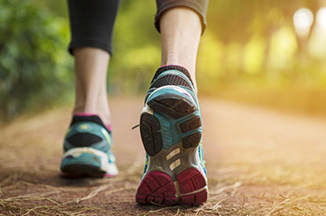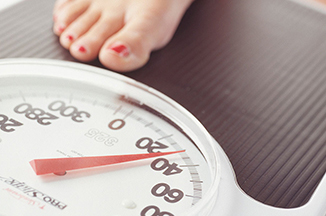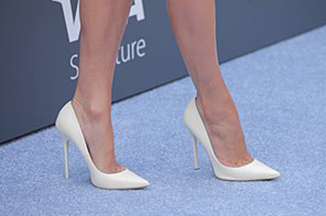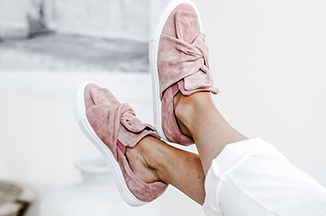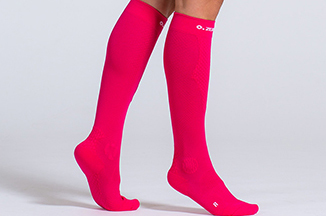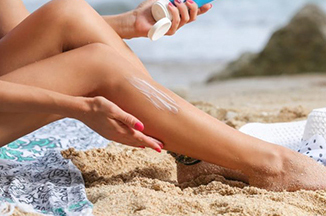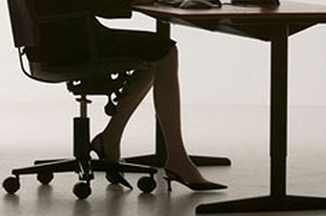10 ways to help prevent varicose veins
Varicose veins are hereditary, but there are things you can do to prevent them from ever forming. You can also be at risk of these unsightly veins if you are overweight, injured, have limited movement or if you are pregnant. Varicose veins are simply veins that are swollen and twisted, and are visible just under the skin's surface. This issue is more likely to occur in the legs, and there are other problems that can occur as an extension of damage, including pain, skin ulcers and blood clots. As well as the excellent treatments we provide, we would also like to advise on the ways in which you can prevent them from developing or reduce the risk of them progressing from spider veins into varicose veins.
Here are 10 helpful tips to help you prevent any problems with your veins:


